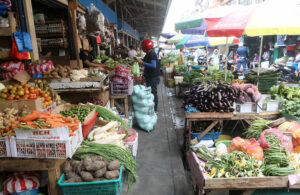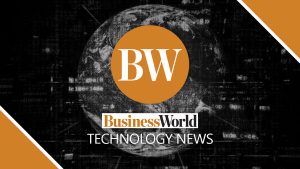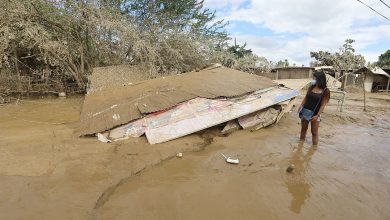BSP sees within-target inflation by Q1

INFLATION is now likely to land within the Bangko Sentral ng Pilipinas’ (BSP) target by the first quarter of 2024, not the fourth quarter of this year, BSP Governor Eli M. Remolona, Jr. said.
“We’re not quite clear about the fourth quarter (of 2023) yet. We’re still looking at the way our tightening measures have been working their way through the economy on the demand side. We’re not sure about the fourth quarter because if there are further supply shocks, then the numbers will be different,” Mr. Remolona said in an interview with BusinessWorld Editor-in-Chief Wilfredo G. Reyes on Sept. 4, a day before the government reported a faster-than-expected 5.3% inflation for August.
BusinessWorld’s one-on-one interview with Mr. Remolona will be streamed on BusinessWorld and The Philippine Star’s Facebook pages, as well as the BusinessWorldTV YouTube page, at 11 a.m. today (Sept. 8).
“My best guess is it will be the first quarter of 2024, before we get into the (2-4%) target range,” Mr. Remolona said.
The BSP will likely upwardly revise its full-year forecast of 5.6% for 2023 at the next policy meeting on Sept. 21, he said.
Inflation unexpectedly accelerated for the first time in seven months in August, as food and transport costs rose. The consumer price index (CPI) quickened to 5.3% in August from 4.7% in July, above the 4.9% median estimate in a BusinessWorld poll conducted last week.
August marked the 17th consecutive month that inflation surpassed the central bank’s 2-4% target range.
For the first eight months of 2023, inflation averaged 6.6%.
Mr. Remolona said the central bank still has space for further tightening.
“If inflation continues to be an issue, then we could raise policy rate from 6.25% to a higher policy rate. If we think the tightening is already very effective, then we wouldn’t need to increase further,” he said.
The BSP has kept its key policy rate at a near 16-year high of 6.25% for the last three meetings. It has hiked benchmark interest rates by 425 basis points (bps) from May 2022 to March 2023 to curb inflation.
Aside from inflation, Mr. Remolona said the Monetary Board will also be taking into account recent economic output data at its next policy-setting meeting on Sept. 21.
“That (output data) for us is an indicator of how much we’ve done on the demand side to compensate for the pressures from the supply side,” he said.
“We could still hike. We have a sense of how high we can hike before growth becomes an issue, we compute what we call the natural rate and we’re still below the natural rate. We have room to hike because of our calculations.”
Mr. Remolona said the Philippine economy can still grow by 6% this year, the lower end of the 6-7% growth target for 2023, if the government ramps up spending.
Gross domestic product grew by a slower-than-expected 4.3% in the second quarter, partly due to government underspending. This brought the six-month average to 5.3%, still below the government’s 6-7% target this year.
Meanwhile, Mr. Remolona said the US Federal Reserve is still hawkish, but the Jackson Hole speech by Chairman Jerome H. Powell in August had more uncertainty compared with the previous Federal Open Market Committee (FOMC) statement.
“But I think, in my opinion, they’re slightly behind the curve in terms of tightening. I think we’re closer to being on track in terms of tightening,” he added.
The US Federal Reserve hiked borrowing costs by 25 bps at its meeting in July. This brought the Fed funds rate to 5.25-5.5%, its highest level in 22 years.
The next meeting of the FOMC is scheduled for Sept. 19-20.
Mr. Remolona, however, noted that several financial crises occurred after the Fed raised its policy rate “very sharply.”
“In November 1994 for example, for the first time the FOMC raised its policy rate by 75 bps, within a few months we saw the Tequila crisis. And within the two years we saw the Asian (financial) crisis,” he said.
“This time, the FOMC has been even more aggressive than it was in 1994, so this makes me worried about what might happen down the road,” he said.
Earlier this year, markets around the world were rattled by the back-to-back collapse of Silicon Valley Bank (SVB) and New York’s Signature Bank. A crisis of confidence also hit Credit Suisse, which resulted in a state-led rescue by its Swiss rival UBS Group.
“We already saw SVB, we already saw Credit Suisse, I’m concerned that there may be further financial accidents in the future. I think what high levels of interest rates do is they make the floor more slippery for banks and so they make accidents, or slips, more likely to happen,” Mr. Remolona added. — Keisha B. Ta-asan




